Greetings! I am new to this forum and fairly new to sewing. I am trying to make a pair of straight-leg, elastic waist pants. I adjusted to crotch seam at the back by about 3″ to accommadate a large bum. Now the outer leg seam doesn’t line up. The back leg width is out of whack with the front. When you cut the pattern, do you cut from side to side or just part of the way? I cut all the way across (pattern piece now in 2 pieces) but in any pictures I’ve seen the pattern is only spread in a triangle. Help!
dzzylizzy


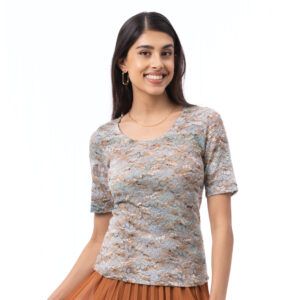

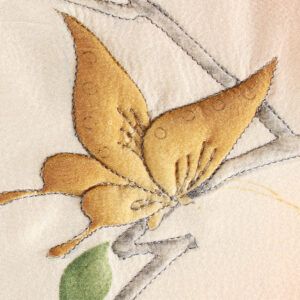

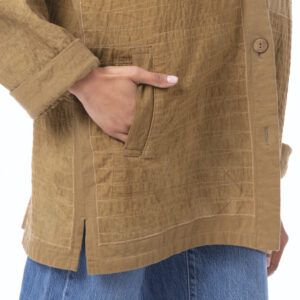

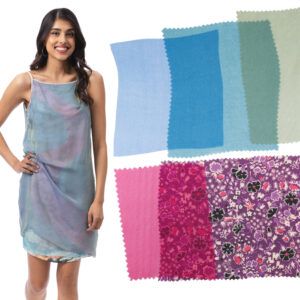
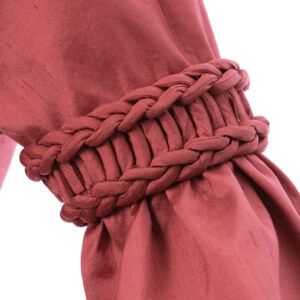
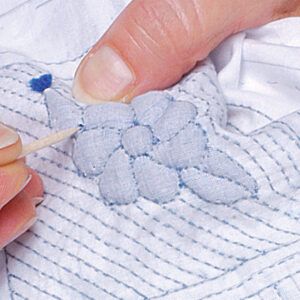
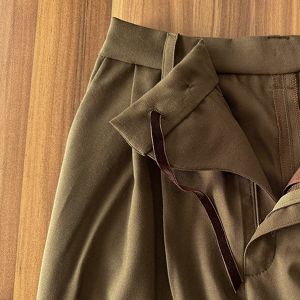















Replies
If you lengthen the crotch seam, you cut across TO but not through the side seam. From the side seam edge clip in toward the long slash at an angle, just leaving a little bit of pattern holding together. that little clip allows you to spread the crotch seam to add length but keep your side seams the same. You need to subscribe to THREADS magazine. If you're just learning to sew it will help you in a lot of ways. I clip all the articles, staple together & add title (e.g. article on lengthening crotch would be titled "FITTING"). I slip the whole article into page protector and file it in my 3-ring binder under divider "F". All fitting articles are together and I don't have to search all the mags to find the one I want. I now have a whole ring binder on just fitting, one for quilting, one for Home/dec and one for Techniques--stuff like bound buttonholes or belts or piping/cord buttons, etc. I prefer this mag to all others! You can probably find some fitting articles on the archives to print.
hello, what Liz Says is spot on except dont destroy you copies of Threads !!!!! I would also invest in some books on fitting . The best and easiest to understand are the ones by Palmer Pletsch . One is Fit for real people and the other is pants for real people . The names are very similar to this and if you go onto Amazon you will pick them up very reasonably. If you have a big Bum( your words!!) then getting books on fit etc is good as it will immediately increwas your understanding of how a flat pattern works and what you can do to make it fit. This is really important in the early stages of sewing so that you keep going!!!!!I have found these books really good .
Liz is absolutely right about how to split your pattern. Also, to add my 2 cents... I also have to adjust the rear crotch seam. Three inches seams an unusually large increase and makes me wonder if you should change patterns. For pants, I won't use anything but Burda because their patterns are designed with a longer rear crotch seam and shorter front one. How did you determine the 3"? Through measurement or fitting a muslin. Also, why are you adding to the crotch seam? I make small adjustments to the crotch seam, but also have to add to the circumference to accomodate my ample derrier. Does the back of your pants pull down at the waist when you have pants that otherwise fit? That is the best indication that you need to add to the crotch seam.
Another good tool is to take a pair of pants that actually fit you pretty well (unfortunately for me, in rtw they would cost $200+) and analyze the crotch seam to compare it to your pattern.
Pants are challenging - and when I finally get them right, I either gain or lose weight!
karin
If you haven't tried Burda pants patterns yet, please do so! They have the nicest, most realistically human-shaped crotch curve of all the patterns. Burdas are extremely multisized, and if you measure carefully, using the chart inside the envelope, and trace along the size lines that correspond to your measurements (yes, you do have to trace if you want to preserve your pattern), you will probably find you have quite a nice fit right out of the box.
You might want to check out the reviews of this pattern line at http://www.patternreview.com
Just type Burda pants into the search box.
Pants fitting is a real challenge, especially as (for me the problem area is behind me *G*). Check out your library for sewing/fitting books. Whatever you do, DON'T pay any attention to the pants fitting article in the current Threads. It is THE most horrible and confusing fitting article I have ever read. I concur with the others about Burda, they fit a fuller figure much better. Best of luck and don't give up, sewing can be very rewarding.
Sometime this year there was an article by Peggy Sagers that was quite good for fitting pants (especially for a fuller figure). I was able to adjust my patterns for quite a good fit using her method!
I spent 3 hours yesterday fine tuning my self drafted pants sloper with a friend who sews. I am going to make one more muslin and then hopefully make pants. I did find parts of the last article to have some use, but like alll the books and articles I have on pants fitting ( and I must have everything out there, ) nothing covers every problem. I have a very flat, low seat as I have said a million times at least in this thread! But, the last article addresses the pulling at center back I think correctly. If I add to cb, I get droops below the seat. By taking in the center back and this has to go into the back part of crotch curve, you really do end up with more room. But, my friend who has much more patience than I, caught part of my problem, I had let the cb curve slip and so one side pulled. Also, when you take in the cb you have to go up far enough to keep the cb straight, which I had not been doing.
Nancy
I have had a revelation about "taking it in to get more room". This is such a confusing statement that it isn't any help, and I can see beginners taking this to fitting problems all over the body. What you really are doing is changing the back crotch curve to come out from between the legs and head downward with the crotch seam before swooping up to meet the cb seam going towards the waist. I have always added length to my cb seam but that didn't stop the smile wrinkles pulling towards my back crotch. What I needed to do to fix this was come out further with the seam before heading north towards the waist. This is essentially where the confusing phrase "taking it in the get more room" comes from, but I am changing the curve. This has gone a long way to fixing my pants fitting problems and I have been working on this for 30 years. Maybe I won't have to wear tops that cover my back crotch any more. *G*
You nailed it, Alexandra. It seems counterintuitive, but when you pinch out that extra bit at the center back, you're actually creating more space for the body inside. Sometimes you need to add fabric back in elsewhere in the back--at the side seam, for example, or the crotch point.
The confusing part about pants fitting is that you're talking about getting the right amount of fabric to cover a given amount so surface area, but you also need to create an empty, interior volume that's large enough to accomodate the body and that conforms to its particular shape (flat seat, round tummy, or full seat, flat tummy, or whatever). Sometimes you can fit a square peg into a round hole, but you know it would fit a lot better in a square hole!
Look at it this way--once you master the fitting of pants, the armhole should be a cinch!
Carol
Thanks for all the advice. I think perhaps I've bitten off more than I can chew!! I read the book by Palmer about pants that fit real people and I'm more confused than ever! I'll keep trying however.
dizzylizzy
Find a fitting buddy who can sew and is patient. Patience is the key here. I finally have a pattern that fits! It took 5 mulins and several fitting sessions, but it looks good. It is impossible to fit the rear by yourself as far as I am concerned. And, 2 heads are better than one. Every woman is different and it is a challenge to figure out which adjustments are the ones for you.
Nancy
You've already received lots of advice, but perhaps this is worth a few more words. Concisely, when you add length to your back crotch seam, try adding half the amount at the crotch tip and half at the waist by slashing and spreading (as someone else described), which serves to "pitch" the crotch line backwards slightly. It will then be necessary to blend the curve of the inner leg seam from crotch tip to about 3" to 6" into the leg seam. The back leg width will be wider than the front (on almost any pant) and the back inner leg seam will be longer than the front by about 1/2 in. If it is more than that, it should be equalized by splitting the difference between the front and back leg seam lengths...in other words, raise one leg seam half the difference and lower the other leg seam half the distance. The half inch ease should be eased in between the knee and crotch tip and will serve to pull the back of pants under the buttocks. When you lay the front and back inner leg seams together at the crotch tip (you will only be able to match the seams for a short distance) the curve should be flat, not point upwards. If it does, flatten out the point. You will also need to blend the shape of the waistline as well. It will be quite curvy so you will need to make a separate waistband rather than trying to fold it over to accomodate the elastic. If you want to read more on the subject, I recommend Helen Joseph Armstrong's "Patternmaking for Fashion Design". Not an inexpensive book, but worth twice its weight in gold.
This post is archived.